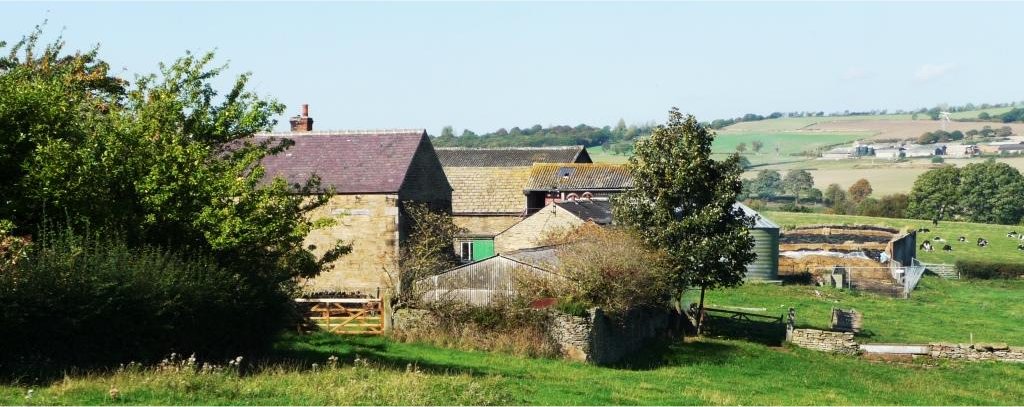Rural policing and Disc

Disc systems are established in more than 500 towns and city-centres throughout the country. Now police forces are adopting Disc to support their rural crime reduction efforts.
Disc dominates in urban crime reduction schemes throughout the country, mainly addressing low-level crime in the retail and hospitality sectors, and public-realm ASB, many of which using Disc to manage local exclusion schemes.
Now Disc is moving to the country. To date three police forces have already chosen Disc to support their rural crime reduction efforts, with a fourth shortly to join the Disc network.
Two adjoining forces have adopted Disc to share information and enable online crime among rural businesses, including farms, smaller out-of-town industrial estates – even churches. A third force has implemented Disc as part of its national role in leading on illegal country ‘sporting’ events, using Disc for communicating, and sharing information, with other rural crime-reduction officers in police forces across the country.
Rural areas experience many of the same types of low-level crime as towns and city-centres, such as shoplifting and ASB associated with licensed premises. But they also suffer from rural-specific crime such as firearms incidents, fly-tipping, illegal fishing, livestock rustling and worrying, wildlife crime, poaching and hare coursing to name only a few.
Low-level rural crime also differs from urban crime in the nature of evidence available. CCTV is commonplace in the countryside, but clear facial images of offenders are rare; in retail and licenced environments CCTV provides good facial images. And banning schemes are impractical across extensive rural areas.
But Disc has proved itself invaluable in rural areas to enable victims of low-level crime to report incidents to the police, access images of known and/or travelling offenders, and to share news and alerts about rural crime to help pre-empt it, or ‘target-harden’ premises.
All Disc systems are designed to be autonomous and administrated locally – whether across a town or a city-centre, or a more extensive rural area. But they can each be networked together to enable effective and compliant information-sharing across multiple Disc systems – whether that’s current awareness information news and alerts, or images of offenders.